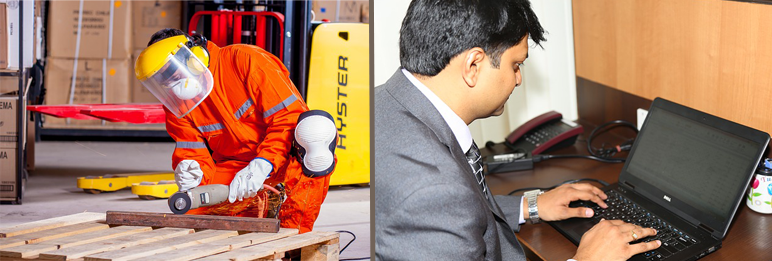Dealing With Your Back Pain at Work
A very common question I’m asked in my clinic is “What can I do to minimize my pain while I’m at work?” In fact, one of the biggest challenges we face in a patient’s recovery is re-injury from either work or their normal daily activities. I never like to recommend someone take time away from their livelihood (although in extreme cases it is necessary), so I’ve put together some tips to help keep pain in check while at work. Remember, if you’re experiencing pain that’s affecting your daily life, go see your healthcare professional right away.
If you sit most of the day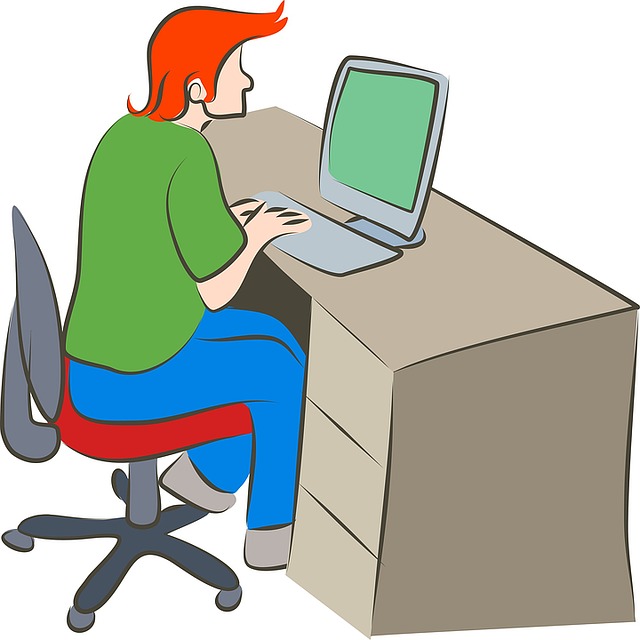
Sitting doesn’t sound like it would cause any trauma, but maintaining any position for too long will eventually create problems. Particularly any position that bears weight. The seated position puts your lower back and hips into flexion. When coupled with the weight of your upper body, it creates a downward force on your vertebra, discs, and nerves. Here’s a few things you can do minimize the effects of your seat at work:
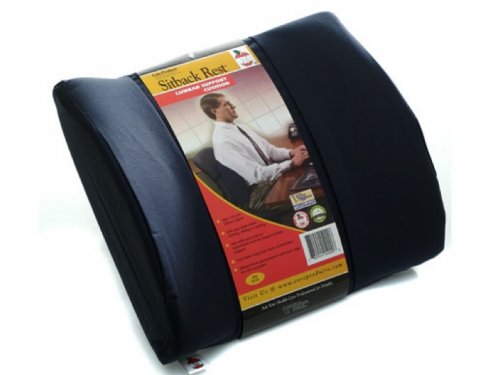 Get comfortable
Get comfortable
The first thing you should do is create a comfortable seating position. Make sure your seat has a good cushion and is not too low to the ground. I also recommend a good lumbar pillow (like the one pictured). This will help reduce the amount of flexion in your lower back and help maintain a more natural curvature.
Take frequent breaks
Next, you should make sure you’re taking frequent breaks throughout the day to stretch your legs, lower back, and hips. Once every hour or so, stand up and walk around the room. It won’t take long to counteract the effects of sitting. Your body was meant to move, so this is an important tip. If you drive for a living, this may be tricky, but the advice is still sound. Pulling over, if only for a minute, to stretch will help your body cope with the hours of sitting you endure.
Stretch
When you get home, relieve the tension that has build up in your muscles by doing some simple stretches that target the areas that need help. Stretch your hamstrings and hip muscles to relieve pressure on your sciatic nerve or do some lumbar extension movements to counteract the hours of flexion in your lower back. Always ask your healthcare professional before starting a stretching routine.
If you’re on your feet most of the day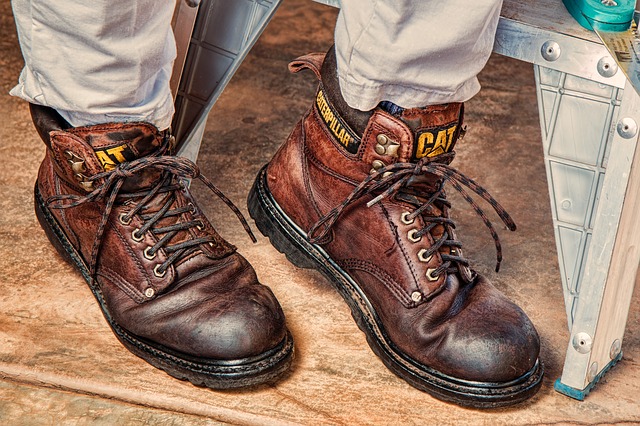
Standing for most of the day creates completely different problems. You’re still in weight bearing position, so you’ll want to minimize any pain from your lumbar joints and discs, but your feet, ankles, and knees also become a factor. If you stand for any prolonged periods during the day (especially on hard surfaces), here’s a couple tips for you:
Invest in prescription orthotics
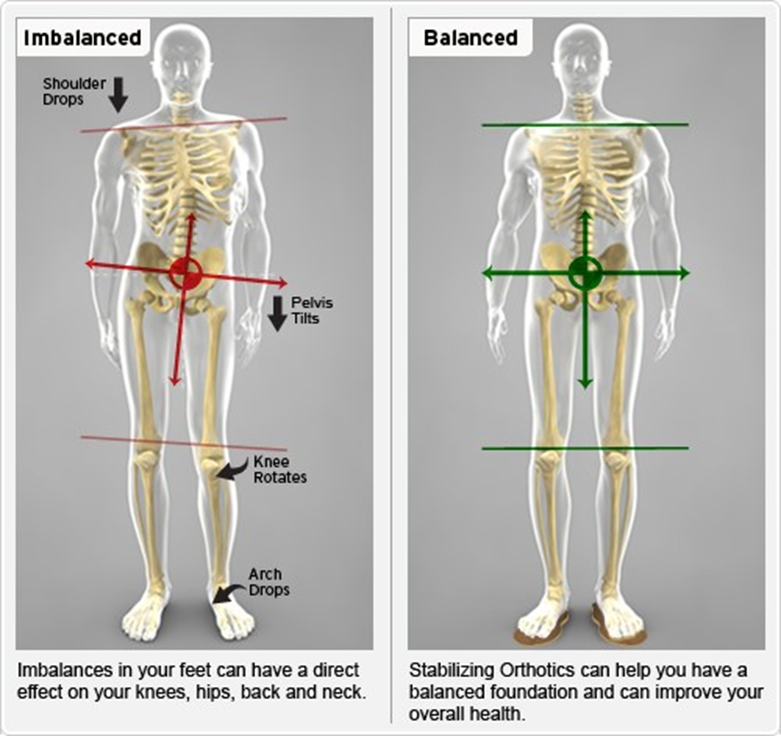 In my clinic, the first things we look at, on just about every patient, are the feet. They are the foundation that dictates the posture for ankles, knees, hips, spine, and shoulders. I like the analogy of the faulty foundation of a house. If you’re foundation is bad, you can get cracks in the walls and ceilings. Standing for long hours will weaken the muscles and ligaments that hold the bones of your feet together. When these joints begin to loosen, you’ll see the arches in your feet collapse. This, in turn, causes distortions in your knees and hips which affect your spine. Harder surfaces like concrete, make this more apparent.
In my clinic, the first things we look at, on just about every patient, are the feet. They are the foundation that dictates the posture for ankles, knees, hips, spine, and shoulders. I like the analogy of the faulty foundation of a house. If you’re foundation is bad, you can get cracks in the walls and ceilings. Standing for long hours will weaken the muscles and ligaments that hold the bones of your feet together. When these joints begin to loosen, you’ll see the arches in your feet collapse. This, in turn, causes distortions in your knees and hips which affect your spine. Harder surfaces like concrete, make this more apparent.
To correct this, I like to use custom orthotics that insert inside the shoes. They work to correct the posture of your arches and re-align the kinetic chain from your feet to your spine. We do this by taking a digital scan of your feet, analyzing the deficiencies to your arches, and prescribing you with a custom-made orthotic that is tailor fit to your feet.
I recommend avoiding over-the-counter inserts because like a fingerprint, each foot is different, and over-the-counter insoles will typically over or under-correct which can sometimes make your condition worse. Like prescription glasses, buying these off the shelf just doesn’t make sense.
A tell-tale sign of foot insufficiency: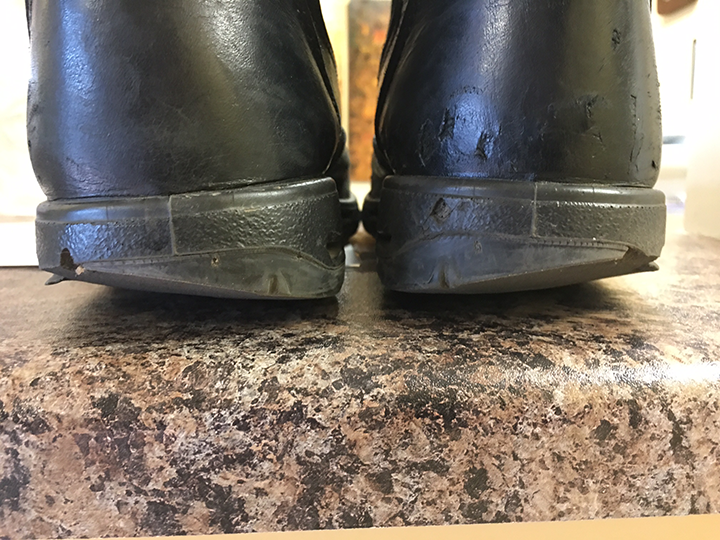
Take a look at your shoes from the back. Pay attention to the wear pattern. Is it even? Or is there more wear on the outside or inside of your soles? The most common distortion of your arches is called pronation. Its what happens when your arches collapse and your feet strike the ground unevenly. Here is a picture I took in my office of a patient’s shoes who had some significant postural issues. Custom orthotics were successfully used to correct this problem.
Stretch
Once again, stretching will help overworked feet. A great stretch for your feet is to freeze a bottle of water, lay it on the ground and roll your foot over it for a few minutes after a long day on your feet. The rolling motion will stretch the plantar fascia and the ice will decrease any inflammation that has built up from overuse or arthritis. Always consult your healthcare professional before beginning any stretching routine.
If you lift heavy items
For some jobs, lifting heavy items is unavoidable. The key is to understand how to lift properly and know your limits. Here are a few things you can do to help protect yourself from a back injury while lifting:
Stabilize your back
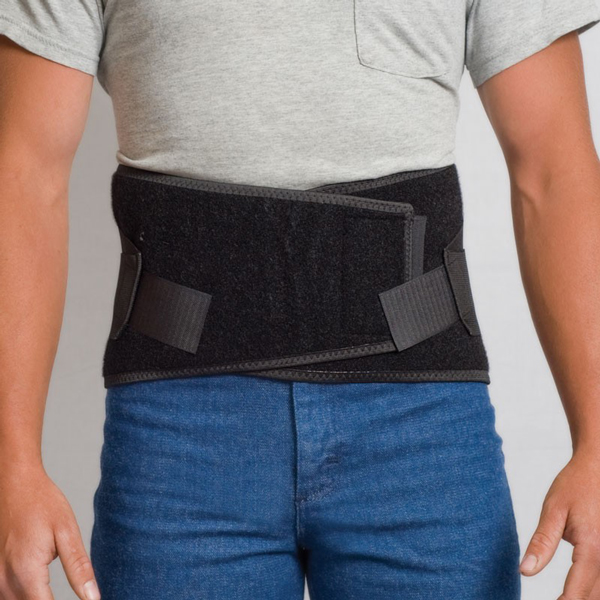 The first thing you should do if you’re lifting heavy items regularly throughout the day, is to invest in a good back support. This will help take the pressure off of the discs and musculature of the lower spine and help prevent injury. A good lumbar support will help your spine maintain an upright position. They’re even useful for splinting your back if you’ve already strained a muscle.
The first thing you should do if you’re lifting heavy items regularly throughout the day, is to invest in a good back support. This will help take the pressure off of the discs and musculature of the lower spine and help prevent injury. A good lumbar support will help your spine maintain an upright position. They’re even useful for splinting your back if you’ve already strained a muscle.
Use proper lift mechanics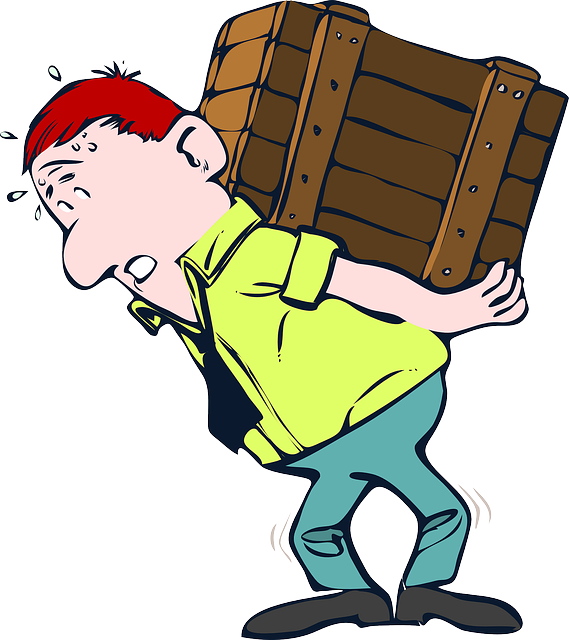
This is one of the more common ways we see our patients injure themselves. Proper body mechanics are important anyway, but when adding the extra weight of a heavy object, it can mean the difference between injury or no injury. Follow these tips when lifting a heavy object. If you suspect the object is too big or too heavy, get a friend to help you.
- Maintain a straight spine and squat down to the floor next to the object.
- Holding the object, lift by extending your knees and letting your legs/hips carry the weight. (make sure to keep your back straight)
- Once the object has been lifted, maintain an upright posture. Don’t bend forward or backward.
- Lay the object down in the same way you lifted it.
Follow all these tips at work and you’ll be much less likely to injure yourself. Remember, if you do have pain, always seek the help of a medical professional.
At Carver Chiropractic, we care about your overall health. If you have questions about your back, if you’re in pain, or if you’re curious how you can benefit from our care, call our friendly staff at 662-350-3308. We look forward to serving you and your family!
